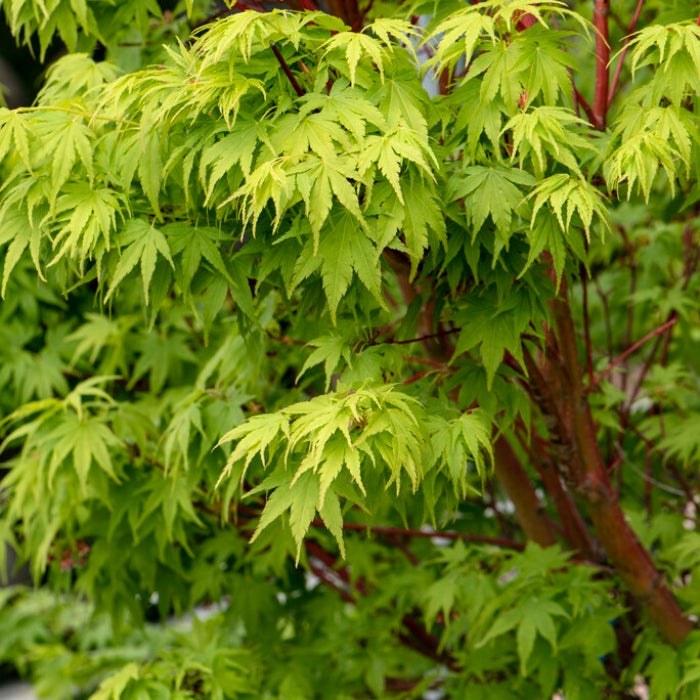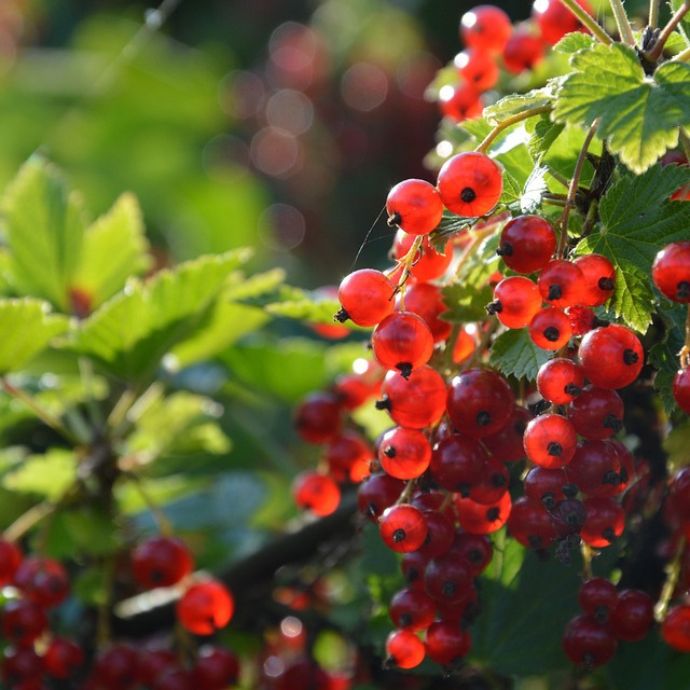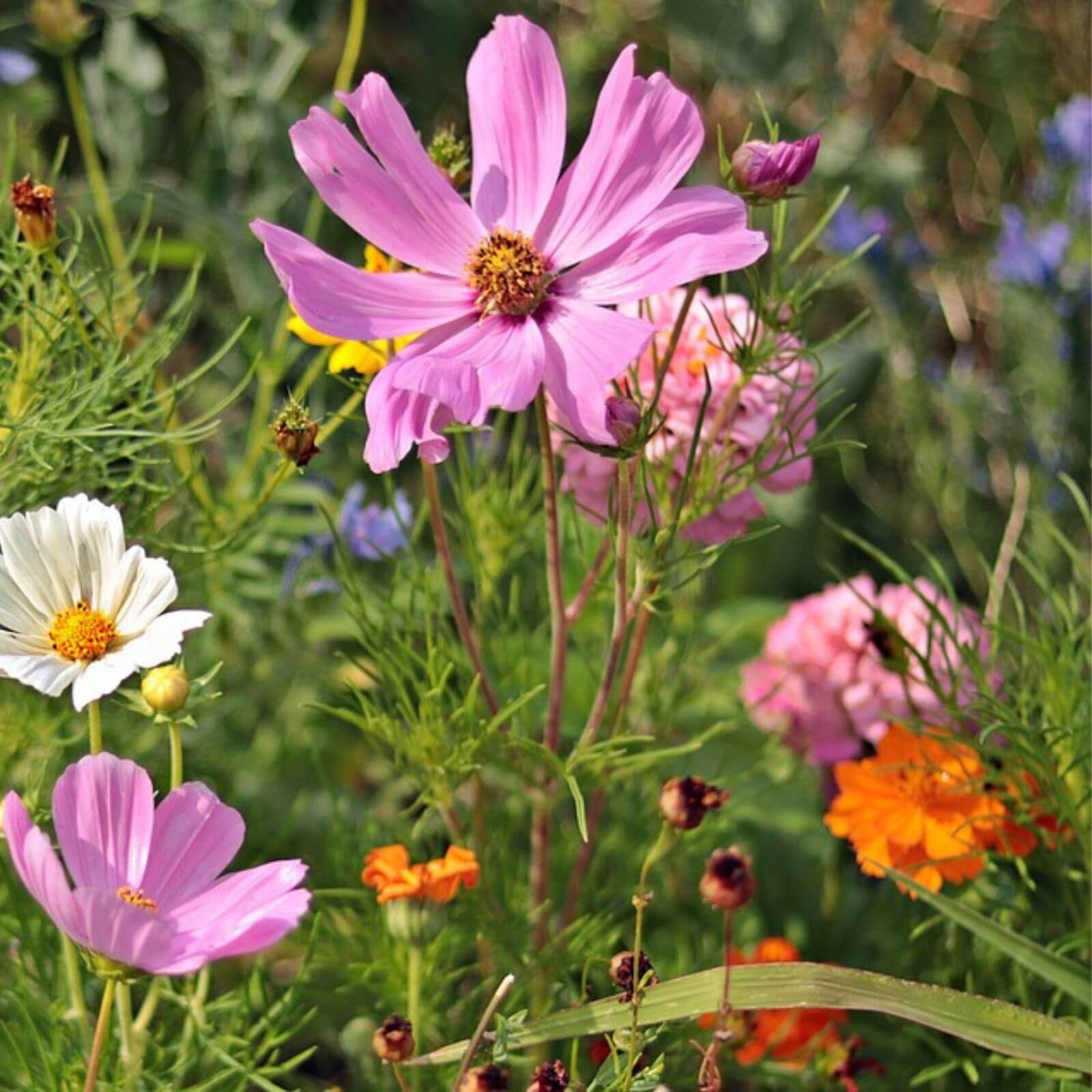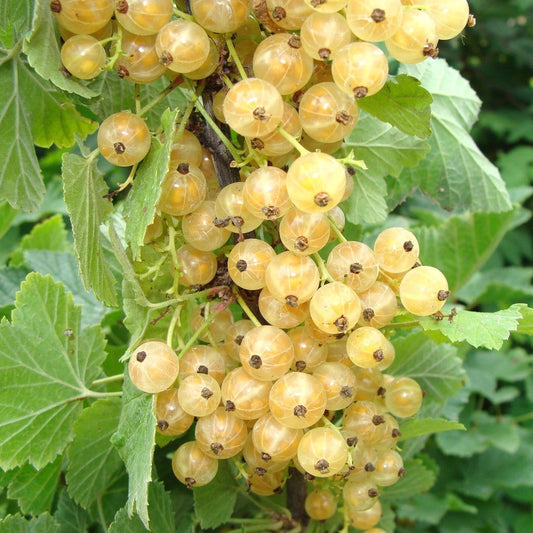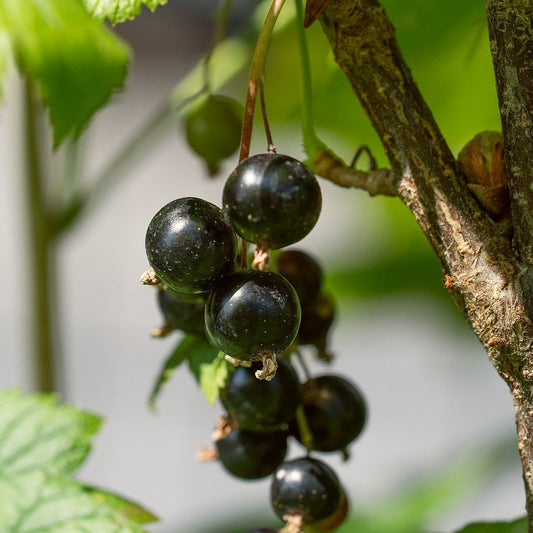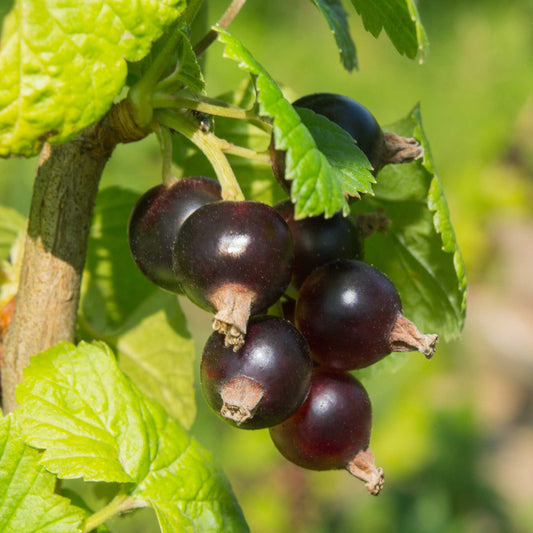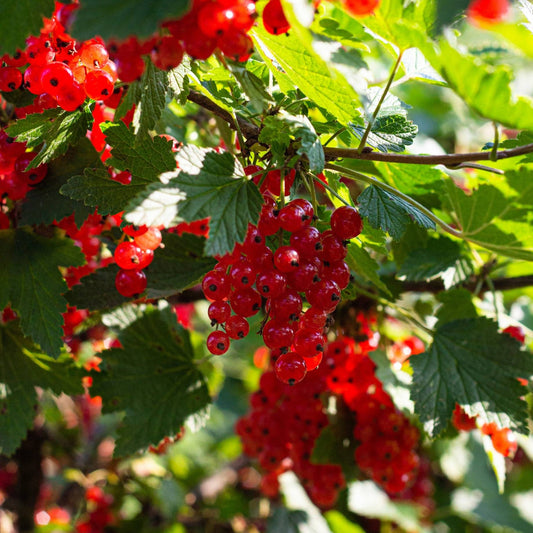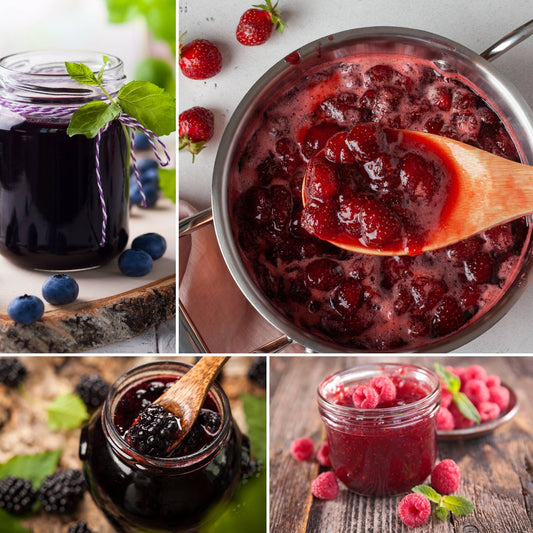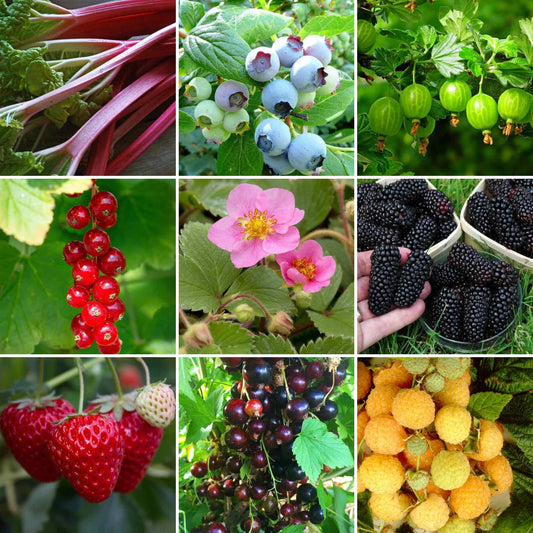Pruning Blackcurrants, Redcurrants and Whitecurrants: A Complete Guide
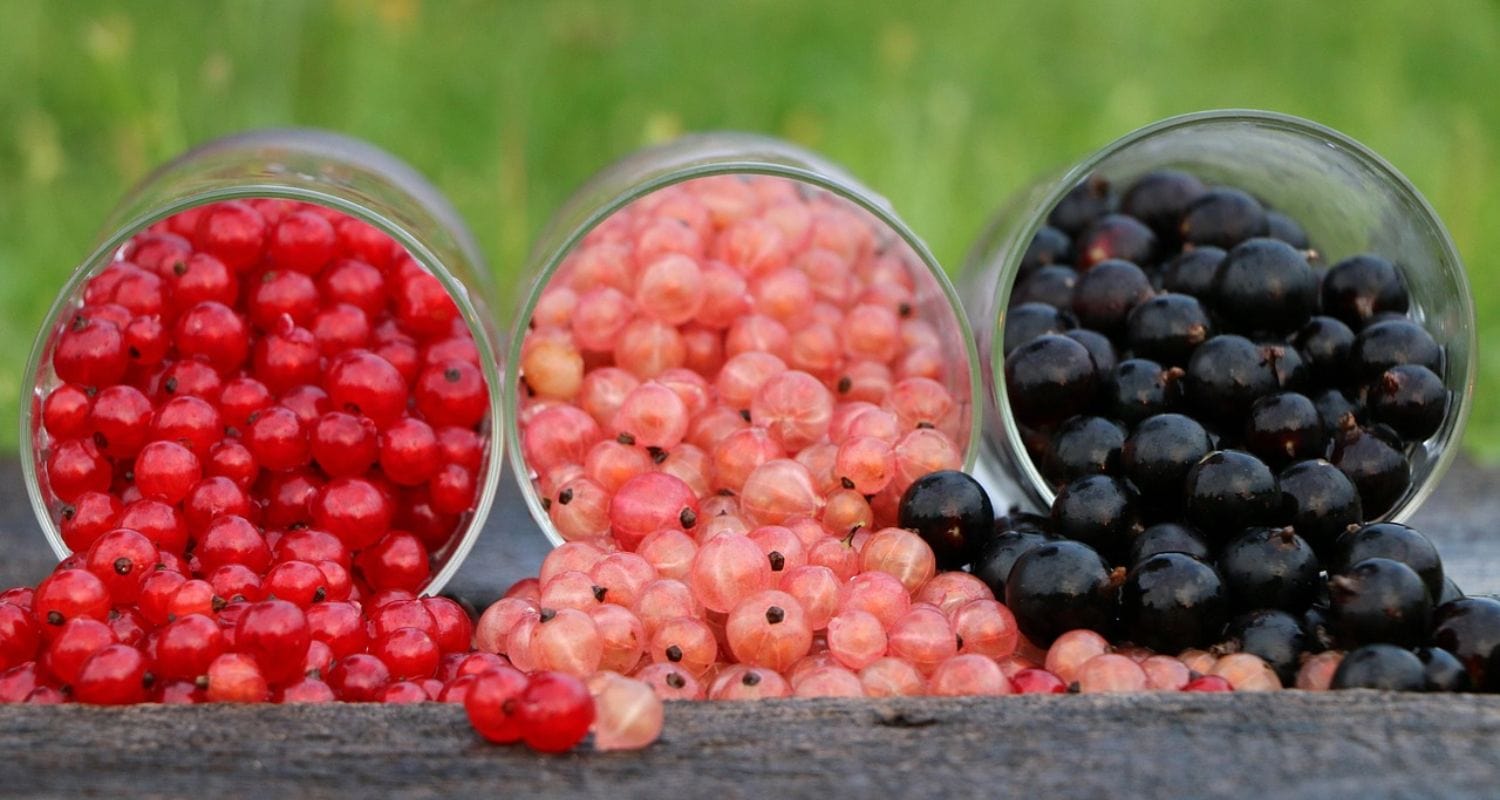
We’ve all chugged a glass of blackcurrant squash in our time, but have you ever tried growing your own? If so, you’ll probably already have read our guide to growing blackcurrants, redcurrants and whitecurrants, but if you wanted a more in-depth look at the pruning requirements of these plants, then boy do I have the piece for you… In this post, we’ll be delving into why pruning is important for these brilliant berries, as well as how to carry out the pruning itself.
Jump to:
Why pruning currant plants is important
Pruning your currant plant plays an important role in keeping it healthy and productive for as long as possible. A well-pruned blackcurrant bush is going to provide you with more fruit and have better circulation of air around its branches, thus reducing the risk of fungal problems like mildews from developing. Plus, it makes picking your currants far easier too!
When to prune blackcurrants, redcurrants and whitecurrants
When to prune blackcurrants
Both established (older than four years) and young blackcurrants should be pruned in winter, with younger blackcurrant bushes also responding well to pruning in autumn. As for freshly-planted blackcurrant plants, if they’ve been planted during its dormant period, then these should be trimmed right after planting. We’ll come to how you do this shortly.

When to prune redcurrants
Most redcurrant plants should be pruned in winter, with additional midsummer pruning required for those plants trained as a cordon, rather than a bush. The winter pruning can be carried out as late as early spring, you just need to make sure you do it before any signs of new growth appear.

When to prune whitecurrants
Like redcurrants, whitecurrants should be pruned in either winter or at the start of spring, before the plant kicks into gear for the growing season. Again, if training your whitecurrant into a cordon, then some extra ‘shaping’ pruning in midsummer is needed.

How to prune blackcurrants, redcurrants and whitecurrants
Pruning blackcurrant bushes
Established blackcurrant plants, so again, what we’re talking about here is bushes over four years old, are nice and easy to prune. Just identify the oldest stems – these are simple to pick out, they’re the stems with the darkest colour – and remove up to one-third. Cut to just above a bud. The reason you’re removing these older stems is to create room for newer shoots, and it’s the younger growth on which most of the fruits are produced, so a steady supply of these newer stems is desirable.
For younger blackcurrant plants under the age of four, minimal pruning is needed (provided that growth is strong). Snip out any weak, weedy looking stems and leave the rest to continue growing. If growth is poor, however, then you can give the plant a much harder prune, cutting back half to two-thirds of the stems right down to the ground. This will give the plant the kick up the butt it needs to stimulate stronger new growth.
As for blackcurrant plants that have just gone in the ground, you’ve got to be cruel to be kind! Cut all the plant’s stems right down to just an inch or so above the ground. Yep, you heard us, all of them. While you won’t get any fruit this year, you’re laying the foundations for a healthier, more vigorous plant in the future. It will feel painful. It will be worth it.

Pruning redcurrant bushes
When it comes to pruning redcurrant plants grown as bushes, we can again break this down by the age of the plant.
Pruning new redcurrant plants (first year)
After you’ve planted your redcurrant, clear any sideshoots growing off of the short main stem, then trim three to five of the strongest stems back to roughly 20cm in length, completely removing any other stems once you’ve done this.
Pruning young redcurrant plants (second year)
In your plant’s second year, around late January, take those original stems you selected previously and cut them back by roughly a half. You should also prune back by half the additional stems that have grown from the original stems (ideally, you want to pick another five or so). As your aim is to create an open, airy goblet shape, inward facing stems (as well as any that look particularly straggly or weak) should be cut back to the first outward bud.
Pruning established redcurrant plants (third year and onwards)
Once established, prune your redcurrant bush in subsequent winters, trimming back growth from previous years by roughly a quarter, cutting shoots sprouting off of these main stems back to just a couple of buds, and entirely removing two (or one if you have fewer branches) of the oldest stems to help encourage vigorous newer growth. Finally, clear out any pesky low-hanging branches as these can end up brushing against the ground when laden with its ruby-red fruit.
A word on redcurrant standards
Redcurrants can also be grown as standards; clear stems with a bushy crown not dissimilar in shape to a lollipop. These need the same pruning as a regular bush redcurrant, but you need to keep the stem nice and clear.

Pruning redcurrant cordons
Initial pruning (post-planting)
Pruning requirements for redcurrant cordons is a little different to that of bush-trained plants. In the winter after planting, prune the central leader back by about one-third (we’re talking about a third of the previous year’s growth, and not the total length of the leader). Trim back sideshoots to a single bud.
Summer pruning (first year)
Once your sideshoots have each developed eight leaves, then cut them back to five leaves.
Subsequent winter pruning (ongoing)
From here, in winters moving forward, you’ll want to prune the central leader’s previous year of growth by a quarter, trimming, as always, to just above a bud (and aiming, if possible, to alternate the side that bud is on – this will keep your cordon growing in a more naturally upright way). As for those shoots you pruned in the summer? Take them back to just a single bud. From here on in, follow the steps for summer pruning as outlined and follow this with your winter pruning.

Pruning whitecurrant plants
The steps for pruning redcurrants can also be applied to pruning whitecurrants. So, follow along as you instructed above and you’ll be met with generous strigs of pearlescent, juicy fruits.

Final thoughts
So, there you have it! Get those secateurs and loppers cleaned and ready to go, your currants will thank you for it. While you’re here, why not check out some of our other soft fruit guides? We’ve got everything from raspberry pruning to comprehensive grape grow guides, and much more besides.
Last updated: 06/08/2025
